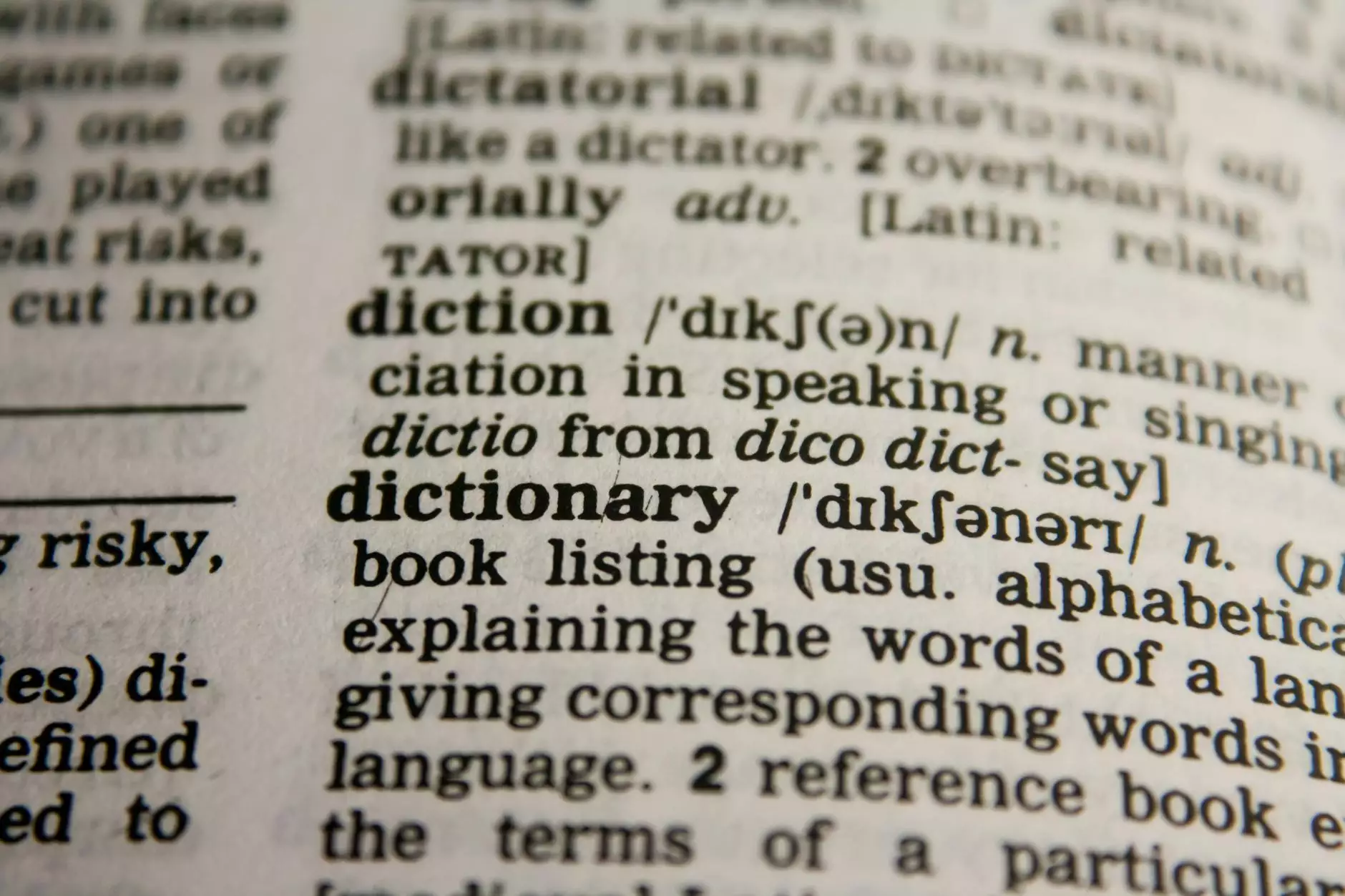The Truth About Color and Language: How Words Shape Perception

Colors of Words play an essential role in communication. The combination of words and colors can evoke powerful emotions and influence perception. In this digital age, understanding the relationship between words and colors in language is crucial for effective communication and branding.
Color in Language: A Deeper Connection
Language is not just about words; it also involves the visual aspect of color. Color language refers to the psychological impact that colors have on human behavior and emotion when used in communication. Different colors can convey different meanings and evoke varying responses.
The Psychology of Colors and Words
Words and colors interact on a subconscious level, shaping how we perceive information. Understanding the psychology behind colors and language can help in creating effective branding strategies and marketing campaigns that resonate with the target audience.
Colors in Words: Impact on Perception
Research suggests that the color of words can influence cognition and perception. For example, warm colors like red and orange may evoke feelings of excitement, while cool colors like blue and green could convey a sense of calmness. By strategically incorporating colors in words, businesses can enhance brand messaging and customer engagement.
Color and Language in Marketing
When it comes to marketing, the colors of words matter. Marketers use color psychology to attract attention, create brand recognition, and influence consumer behavior. By understanding the associations between colors and language, companies can craft compelling narratives that speak to their target audience.
Words and Colors: Creating Brand Identity
For businesses, choosing the right words and colors is essential for creating a strong brand identity. The color palette and language used in branding materials can convey the values and personality of a company, leaving a lasting impression on customers.
The Influence of Words and Colors in Design
In web design and graphic design, the interplay between color and language is fundamental. Designers carefully select colors and typography to create visually appealing and engaging content. By incorporating the right colors in words, designers can enhance the user experience and convey information effectively.
Enhancing Communication Through Words and Colors
Whether in branding, marketing, or design, the relationship between colors and language is a powerful tool for communicators. By harnessing the emotional and psychological impact of colors in words, businesses can create meaningful connections with their audience and stand out in a crowded digital landscape.
The Intersection of Color and Language
Exploring the intersection of color and language reveals a nuanced understanding of how we perceive and interpret information. By delving into the world of colors in words, we uncover the artistic and scientific implications that shape our communication and expression.
Conclusion: Harnessing the Power of Color in Language
In conclusion, the relationship between color and language is a dynamic and multifaceted aspect of human communication. By paying attention to the colors of words and their impact on perception, businesses can elevate their messaging and create meaningful connections with their audience.









